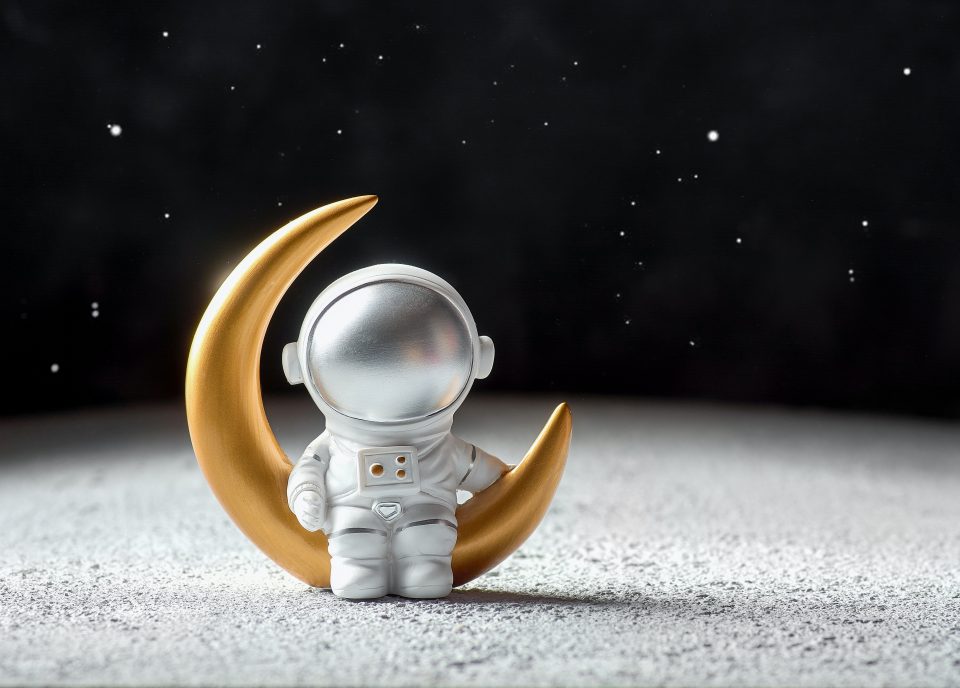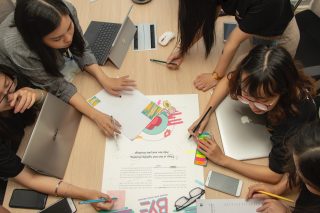There are many gender differences in our world and they deeply affect education and working careers, to a point where it’s commonly thought that men are naturally more suited for scientific subjects while women are more fitted for human subjects. These stereotypes and prejudgements can be really damaging and they affect girls’ choices ever since they are young.

Data confirms that only 18% of girls choose to study scientific subjects and enroll in STEM faculties both in Italy and worldwide (Istat, “Livello di istruzione e partecipazione alla formazione”). These numbers are so worrying that in 2015 the United Nations proclaimed February 11th the International Day of Women and girls in science to boost awareness of gender disparity and valorise women’s contributions and results. Clearly this hasn’t been sufficient. The under-representation of women in STEM is a widespread phenomenon that, as previously stated, is also reflected in the working environment, so much so that today only 6% of those who work in the development of mobile applications and software are women, globally (WeWorld, “We Stem for Our Future” by Elena Caneva). In addition to this, gender discrimination contributes to worsen the situation of girls living in educational poverty by limiting their interest in STEM subjects. One of the very bases of this prejudice is that women cannot handle scientific subjects because they do better with human sciences, even though this theory has been proved wrong several times (for example, the research by the UNSW Sydney “Gender differences in individual variation in academic grades fail to fit expected patterns for STEM”). One striking example of this is the fact that many women have achieved incredible results in these fields, like Samantha Cristoforetti, an astronaut who works with the European Space Agency and has recently become the first European woman commander of the International Space Station. The goal set for 2023 is to eliminate the assumptions that lead to under-representation of women in the workplace and at school: it is extremely important to address this problem because it is a fundamental part of the “gender gap”, that is, gender inequality.

It could be argued that since ancient times men have played a predominant role both in the family and at work, so they could have developed a sort of “natural inclination” to those areas of knowledge that were foreclosed to women. At the origins of thought many scholars, such as Aristotle, Socrates and so on were convinced that the tasks society entrusts to men and women are different on the basis of a biological difference, which results in a clear division of role. Furthermore, throughout history women have always been stereotyped as “the angel of the hearth”, to indicate someone who dedicates themselves exclusively to the family and household chores. What is more, they didn’t have the right to be educated nor to vote, obviously, unlike men. Talking about the most important mathematicians and physicists, the names that come to mind belong, in most cases, to men, for instance Galileo Galilei, Albert Einstein or Pythagora. Nowadays, 10% of teachers think that STEM subjects are more suitable for men (RisorseUmane-hr.it, “Perché l’uguaglianza di genere nel mondo del lavoro é così importante” by Davide Maccanò) while scientific subjects continue to be generally perceived by girls as “too difficult or uninteresting”.

This frequent tendency to think that men are better at mathematics than females is caused by a cultural factor which encourages and rewards men more and tends to curb female talent. Despite all of these assumptions, in reality there are no jobs for males nor for females, everyone has the right to contribute to science. Debunking the stereotype comes data on university enrolment in 2021 in Italy, which shows an increase in women enrolled in STEM faculties. From almost everything that has been said, the general situation that emerges might seem pretty desperate, but in reality it seems to be starting to improve. Women continue to prove to be more than worthy to be considered men’s equal, not only in the social context but also regarding intelligence and education. By gaining consciousness about this matter and the impact that one’s decision could have, by acknowledging the problem and trying to fix it, a day might come where everyone has the same possibilities as anybody else, no matter their gender.
Group work by Elena Caldera, Giulia Ferrari, Anna Gandossi, Veronica Milano.
Photo by MD Duran
Sitografia:
Istat, Livello di istruzione e partecipazione alla formazione
WeWorld, “We Stem for Our Future” by Elena Caneva
World Economic forum, “Global gender gap report 2020”

